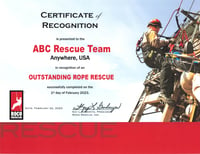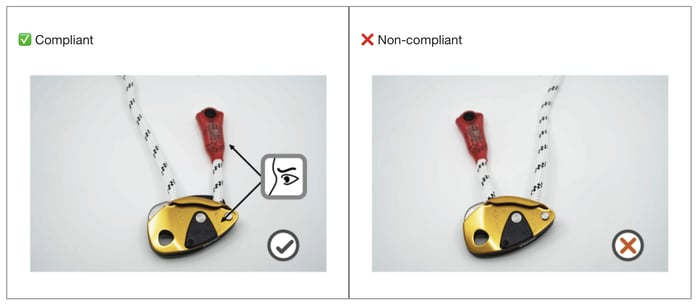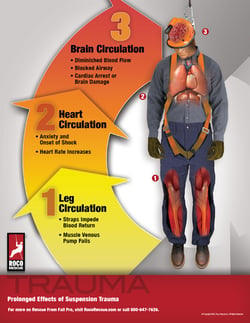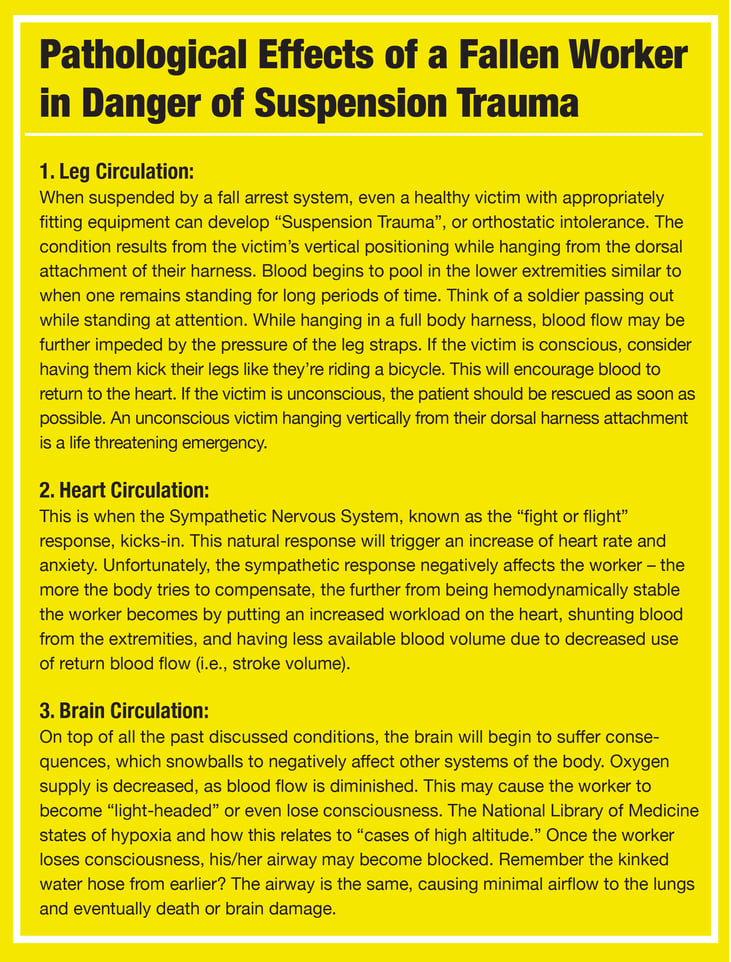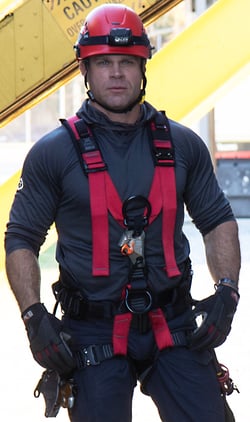 In the world of elite rescue gear, the marriage of carabiners and the aerospace industry is well documented. In 1967, when Jim Clark, Seattle Manufacturing Corporation (SMC) founder, brought his technical skills from the aircraft industry to the rescue world; it was, let’s say, unique.
In the world of elite rescue gear, the marriage of carabiners and the aerospace industry is well documented. In 1967, when Jim Clark, Seattle Manufacturing Corporation (SMC) founder, brought his technical skills from the aircraft industry to the rescue world; it was, let’s say, unique.
Over the ensuing 50-plus years, SMC Gear has become a staple of rescue and sport caches around the world. The steel SMC large and X-large biners of the 80’s and 90’s will be found in Industrial Rescue team kits for generations to come based on robust construction alone.
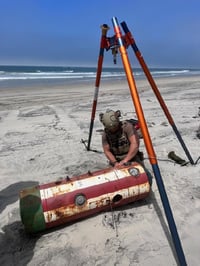 In more recent years, TerrAdaptor tripod system is where cutting-edge rescuers turn when the other options on the market just don’t give you enough versatility to color outside the lines. The newest gear coming out of the Ferndale, WA operation is incredibly well thought out, with creative thinking highlighted in the excellent Apex pulley line.
In more recent years, TerrAdaptor tripod system is where cutting-edge rescuers turn when the other options on the market just don’t give you enough versatility to color outside the lines. The newest gear coming out of the Ferndale, WA operation is incredibly well thought out, with creative thinking highlighted in the excellent Apex pulley line.
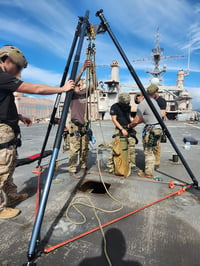 Now under the umbrella of the Harken family of equipment, SMC Gear and Roco Rescue have a long history. The Roco Tactical Division has leaned heavily on the SMC Gear line and expertise over the years while serving our tactical clients. The TerrAdapter has travelled the world with our Tactical Cadre, providing new and innovative problem-solving options to some of the top operators in the world.
Now under the umbrella of the Harken family of equipment, SMC Gear and Roco Rescue have a long history. The Roco Tactical Division has leaned heavily on the SMC Gear line and expertise over the years while serving our tactical clients. The TerrAdapter has travelled the world with our Tactical Cadre, providing new and innovative problem-solving options to some of the top operators in the world.
In addition, our Roco Training Division is deeply invested in the SMC Gear offerings. Our original TerrAdapter was one of the first to come off the line and has provided top notch service for nearly two decades. When we converted the Roco Training Center equipment kits to 11mm, Roco instructors chose gear they felt best represented Roco Rescue’s commitment to providing elite equipment for our students. SMC was well represented. The Apex pulley has become a fast favorite and the Origin 5 and Origin 8 rigging plates have become our go-to in classes. We are also excited to evaluate the Origin TT.
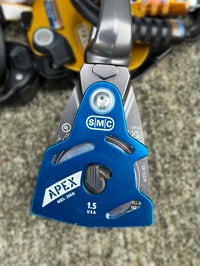 As SMC makes some of the best rescue and mountaineering gear on the market, Roco Rescue is proud of the decade’s long relationship between two iconic players in the rescue world. Rescuers can count on SMC gear to be solid and reliable, no matter how tough the job.
As SMC makes some of the best rescue and mountaineering gear on the market, Roco Rescue is proud of the decade’s long relationship between two iconic players in the rescue world. Rescuers can count on SMC gear to be solid and reliable, no matter how tough the job.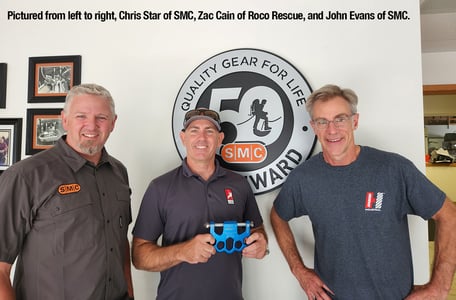
Additional Resources:


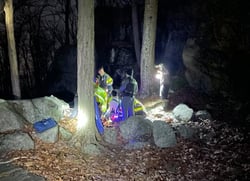 In the early evening hours of Christmas Eve, local EMS responders from Woodbury Community Ambulance and park rangers from New York State Park Police responded to a remote area in Harriman State Park for the report of a male who had fallen 25 feet from a cliff. Responders arrived and determined that the man had serious injuries and needed immediate evacuation. While EMS personnel began to treat the man for a probable broken jaw and leg fracture, Park Rangers contacted Woodbury Fire Department just north of the park for assistance.
In the early evening hours of Christmas Eve, local EMS responders from Woodbury Community Ambulance and park rangers from New York State Park Police responded to a remote area in Harriman State Park for the report of a male who had fallen 25 feet from a cliff. Responders arrived and determined that the man had serious injuries and needed immediate evacuation. While EMS personnel began to treat the man for a probable broken jaw and leg fracture, Park Rangers contacted Woodbury Fire Department just north of the park for assistance.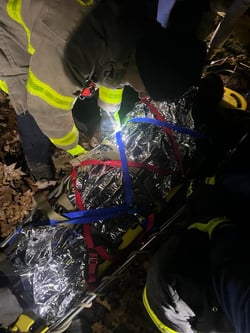
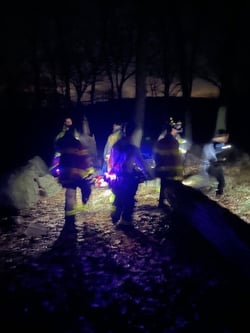 The Woodbury Fire crew faced two large washouts on the walk in and began to plan how to move the patients through them on the carry out. The smallest was walkable with the victim, but the large washout was 25’ deep and rocky and would require a rope system for passage.
The Woodbury Fire crew faced two large washouts on the walk in and began to plan how to move the patients through them on the carry out. The smallest was walkable with the victim, but the large washout was 25’ deep and rocky and would require a rope system for passage. The entire rescue lasted three hours and highlights the strong coordination and cooperation of local response agencies. Roco Rescue would like to recognize The Woodbury Fire Department
The entire rescue lasted three hours and highlights the strong coordination and cooperation of local response agencies. Roco Rescue would like to recognize The Woodbury Fire Department